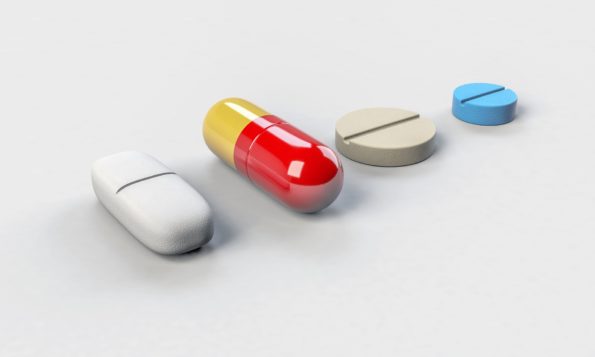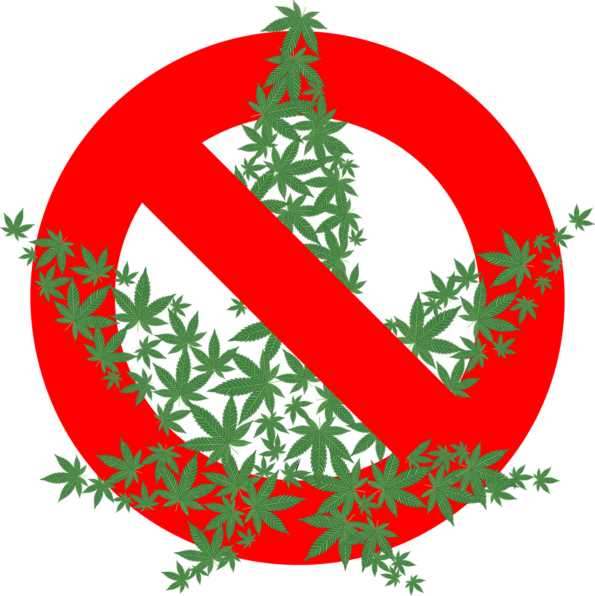[dropcap]C[/dropcap]harlotte was 3 months old when the first one struck. The second came just a week later. By 6 months they sent her to the hospital repeatedly. In a frantic search to find what was wrong with their baby girl, her parents Matt and Paige had “a million-dollar work-up” done which consisted of an MRI, EEG, and spinal tap. The results? Nothing. Charlotte’s blood tests and scans were all normal. “It’s probably going to go away,” they said. The family was sent home, but the seizures remained relentless.
By this time, Charlotte, age 2, began “slipping away.” The 7 drugs she was on, combined with the physical damage from the seizures that continued to strike were taking a toll. The family was quickly running out of options.
Finally, at age 2 ½, Charlotte was diagnosed with Dravet Syndrome, a severe form of intractable epilepsy. With no cure, her parents considered everything, including an experimental drug that works on dogs. Paige settled on a ketogenic diet. This worked until the seizures returned 2 years later, worse than before. Matt was the one who found medical cannabis.
[perfectpullquote align=”left” bordertop=”false” cite=”” link=”” color=”” class=”” size=””]Charlotte, age 2, began “slipping away.”[/perfectpullquote]
What Charlotte needed was an oil with low THC and high CBD. THC is the chemical in marijuana that gives the foggy high. CBD is the chemical that does not give a high and has the medicinal properties. This strain of marijuana was the cure for another boy across the country. Unfortunately, every US state has a different set of laws and regulations regarding marijuana. Many doctors would not give consent for the medication because of Charlotte’s age. Meanwhile, she was suffering. After undergoing brain damage from the seizures, doctors were still too concerned about the possible brain damage the marijuana could cause. After a long search, the family eventually found doctors to approve the medication.
Now on the marijuana, Charlotte is thriving: “Her seizures only happen two to three times per month, almost solely in her sleep. Not only is she walking, she can ride her bicycle. She feeds herself and is talking more and more each day.” Matt reports, “I literally see Charlotte’s brain making connections that haven’t been made in years.” This family was against medical marijuana until it saved their daughter’s life. This story was derived from CNN.
[perfectpullquote align=”right” bordertop=”false” cite=”” link=”” color=”” class=”” size=””]Many doctors would not give consent for the medication because of Charlotte’s age. Meanwhile, she was suffering.[/perfectpullquote]
Now the question arises; why is this form of medication still illegal in 21 states?
Many worry about the side effects, especially of smoking. The National Institute on Drug Abuse (NIDA) argues, “Marijuana smoke, like tobacco smoke, is an irritant to the throat and lungs and can cause a heavy cough during use. It also contains toxic gases and particles that can damage the lungs.” The FDA also states, “[T]here is currently sound evidence that smoked marijuana is harmful.” Although this is true, smoking the drug is not the only way the medication can be ingested. Vaporization, oil, tinctures and tonics, and butter/cooking oil are just some of the different means of consumption.
Addiction
Others are concerned about addiction. The NIDA defines addiction as the use of any substance which interferes with many aspects of a person’s life but the person continues to use it. Marijuana use can result in dependence when used in large amounts and/or used over a long period of time. Severe cases of dependence result in addiction but include only a small portion of marijuana users. Addiction is possible but not probable.
A Better Alternative
Marijuana as a medication is legal in 29 states and Washington DC (ProCon.org). Of that, most states list chronic or severe pain as a qualifying condition for the drug. Arguably the most popular medication for treating chronic pain is oxycodone (brand name OxyContin).

According to the CDC, this drug is the second most commonly overdosed opioid. An excerpt from Castle Medical states, “Of the 15,000 American deaths caused by prescription painkillers each year (a number far higher than the deaths caused by illegal substances), approximately 1,000 are attributed to Oxycontin”. Right now in America, more people than ever before are dying from drug overdoses.
Marijuana could help dramatically decrease the number of deaths by opioids. Addictionblog.org shows that although the person would have some serious side effects, it is impossible to die from an overdose of marijuana: “When you smoke too much marijuana or eat too much pot-based food, you can manifest symptoms of ataxia/dizziness, sweating, nausea, vomiting, possible crying, and sometimes a sensation of dying. But don’t be concerned; ingesting too much marijuana is not fatal or injurious to any organs.” Although cannabis is not for everyone, and some strains can be harmful depending on the case, finding the right kind will help put an end the overdose epidemic that America faces today.
So why is this drug still not being accepted with open arms?
Is it the lack of supportive evidence? Or are society’s preconceptions getting in the way?
Both.
How Marijuana Became the Devil’s Lettuce
Marijuana can be traced back to China 2,000 years ago. Ironically, it was used as a medicine. Even the first colonists were required to grow marijuana. At this time it was used for making clothing, paper, sails, and rope. These common plants were low in THC, so they weren’t widely used for getting high. Then, in the early 1900s Mexicans moved to America. They brought weed. It was loaded with THC. Naturally, people caught on.
So, it was because of the Mexican immigrants of the early 1900’s that we have Snoop Dogg memes.
When the Great Depression hit in 1929, resentment toward Mexican immigrants escalated. This, combined with the Prohibition deeming all chemical substances bad, weed had no chance. By 1931, 29 states had outlawed marijuana altogether. CBS News reports that in the early 19th century, “Cannabis was believed to be a narcotic having practically the same effect as morphine and cocaine, and state restrictions began sprouting like weeds.”

Meanwhile, cigarettes were being prescribed for weight loss.
And in 1951, the laws continued to toughen. Being caught with a joint, for the first time nonetheless, was considered a major crime and one could receive 5 years in jail. Punishment escalates for repeat offenders.
It wasn’t until the white kids started smoking weed in the 60’s that people began opening their minds back up to the idea. CBS News explains the shift in the public’s attitudes: “Gradually, but consistently, social acceptance of marijuana continued to climb. By the 1980s, over 80 percent of high school students said they had easy access to marijuana.” Later, by 1988, the Drug Enforcement Administrator’s administrative law judge concluded, “‘marijuana may well be the safest psychoactive substance commonly used in human history'” (CBS News). Opinions continued to change until they became what they are today.
It is important to keep in mind that the adults making the legal decisions grew up in an era of harsh taboo over marijuana. The people arguing against medical marijuana sometimes overlook the supportive evidence and say there is simply not enough research. They are subconsciously finding ways for the drug not to be legalized. These people have biases simply because of the era they grew up in; the anti-drug messages embedded into their brains. In 10 or 20 years when a new era is making the decisions, ‘Devil’s Lettuce’ will be a part of history and children like Charlotte will have an easier time getting the help they need.
Featured image from Pixabay.

I really enjoyed reading this post. You included the positives and negatives of usage, and did a great job proving the positives overcome the negatives. I completely agree with this post.
More than 60% of Americans think marijuana use should be legalized, according to the latest CBS News poll
Also 88% of people favor medical marijuana use.
totally 1000% agree with this post
https://amp.cnn.com/cnn/2017/04/20/politics/marijuana-poll-legalization/index.html